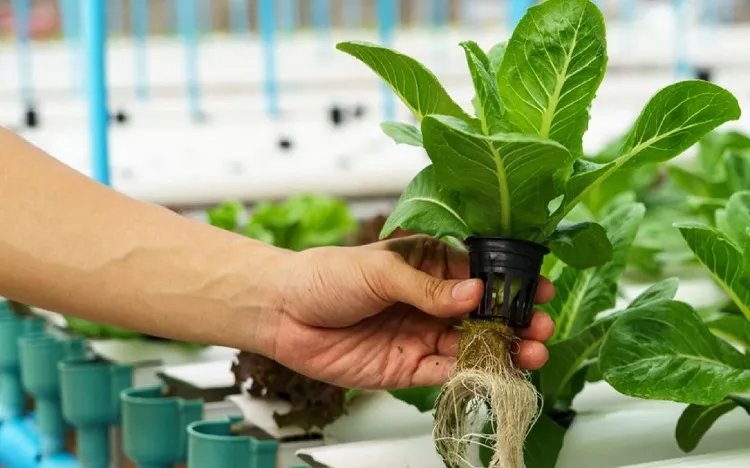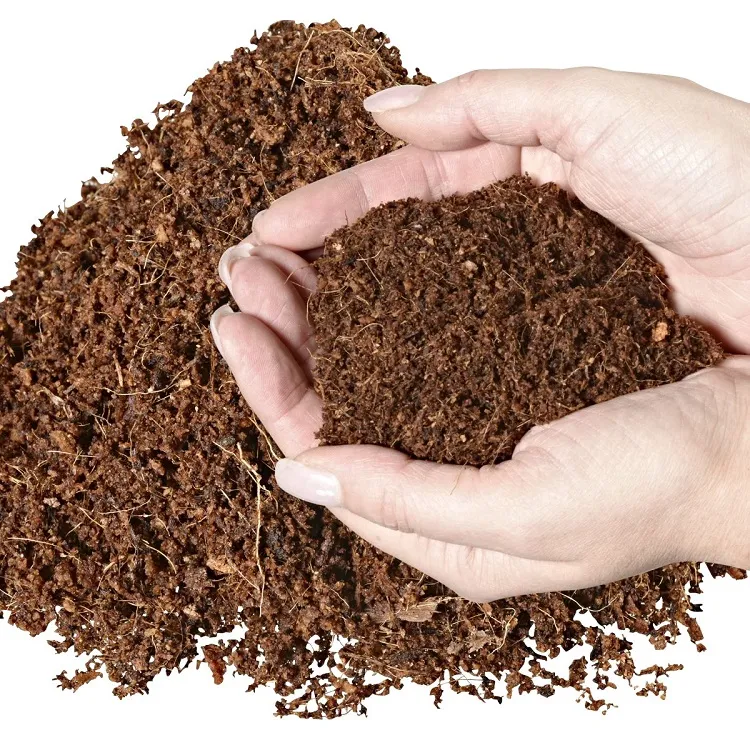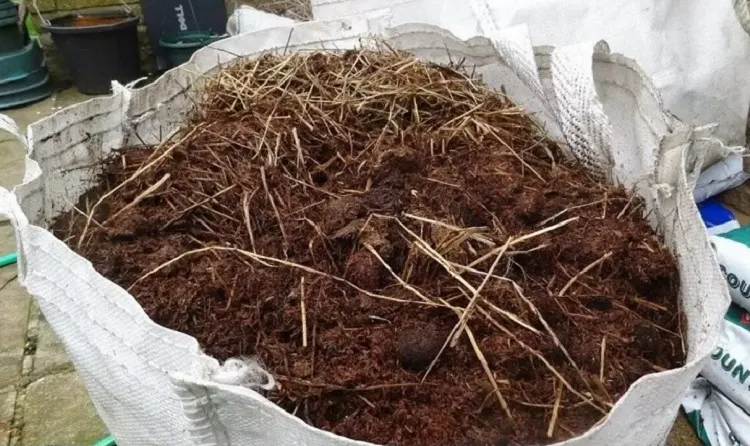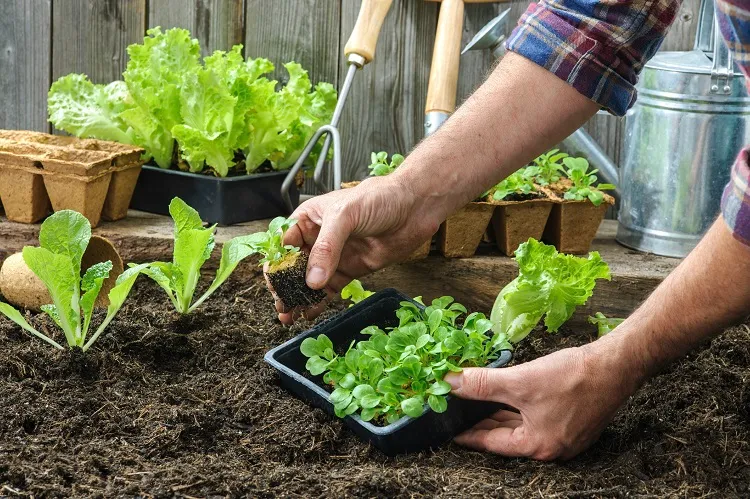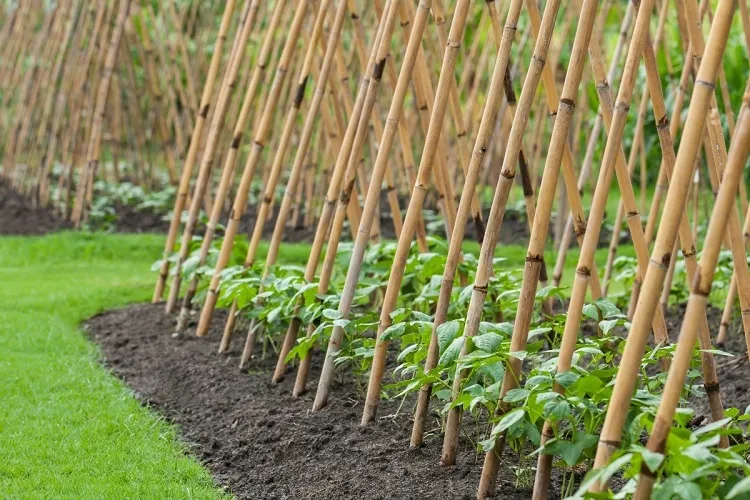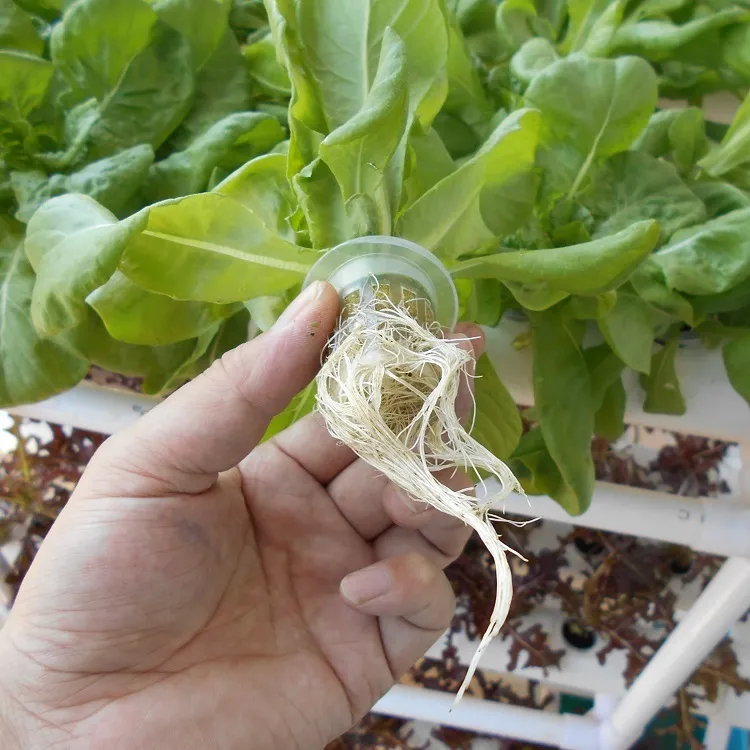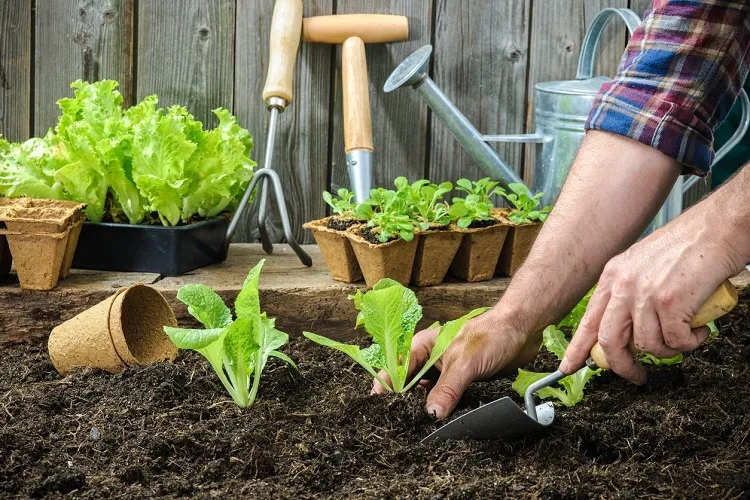Transferring plants from hydroponics to soil conditions requires some careful planning and gradual adjustment to ensure their adaptation to the new growing medium is successful. This process needs to be done patiently, as you will have to “teach” your plants to live in a new environment they are not used to. Therefore, it’s important to perform the transition step by step, not to stress them. Whether you choose to explore the efficiency of hydroponics or feel the excitement of natural planting to soil, the joy of gardening and the satisfaction of nurturing plants will remain. From this article, you’ll learn the essential tips on how to transfer plants from hydroponics to soil. Are you ready?
Can You Move Plants from Hydroponic to Soil?
Hydroponics, a method of growing plants without soil, has gained popularity in recent years due to its efficiency and ability to control nutrient levels. However, there may come a time when you want to make a transition, planting the hydroponic in traditional soil. Whether you’re looking to experiment with different growing methods or simply want to enjoy the benefits of soil cultivation, moving plants from water cultivation to soil is not only possible, but a natural process that results in healthier growth.
How Do You Transition Plants from Hydroponic to Soil?
To transfer plants from hydroponics to soil will require careful planning and attention to ensure a successful transition. Here are the steps to follow:
- Gradual adjustment: Perform a gradual transition of your hydroponically grown plants to soil. Begin by placing them in a mixture of soil and a sterile growing medium, such as coco coir or peat moss. This blend will help the roots to adapt to the new substrate little by little.
- Soil preparation to transfer plants from hydroponics to soil: Before transferring the plants, prepare the soil by ensuring it is loose, well-draining, and rich in organic matter. Remove any weeds, rocks, or debris that may hinder root growth. This step will provide an optimal environment for the plants to establish themselves in the soil.
- Move plants from hydroponic system to soil: Carefully remove the plants from the hydroponic system, making sure not to damage the roots. Gently wash away any remaining hydroponic solution from the root system, ensuring a clean transition to soil. Dig a hole in the prepared soil mixture that is large enough to accommodate the plant’s roots. Place it in the hole, ensuring the roots are adequately spread out. Backfill the hole with soil, gently firming it around the base of the plant. Avoid compacting the soil too tightly, as it can hinder root growth and water absorption.
- Provide support when you transfer plants from hydroponics to soil: Plants, that have been grown hydroponically, often require additional support when transferred to soil. Use stakes or trellises to provide them with stability, preventing the plants from bending or breaking under their weight as they adjust to the new place.
How Long Should the Roots Be Before Transferring to Soil?
The length of the roots plays a crucial role in determining when to transfer plants from hydroponics to soil. Ideally, they should be long enough to ensure a successful transition and establishment in the new solid medium. As a general guideline, root length of at least 2–3 inches/5-7.6 cm is good enough to make the transfer. It indicates that they are sufficiently developed to absorb nutrients from the soil and support the plant’s growth.
Do Plants Grow Faster Hydroponically or in Soil?
The growth rate can vary depending on many factors, including the specific plant species, environmental conditions, and the level of care provided. Generally, hydroponic plants tend to develop faster compared to those that grow in soil. Hydroponic systems provide an optimal balance of nutrients, water, and oxygen directly to the roots, allowing plants to focus their energy on vegetative growth rather than searching for nutrients.
Additionally, this liquid medium usually offers a controlled environment with ideal temperature, humidity, and light conditions, further promoting accelerated development. However, it’s important to note that plants grown in soil have access to a more diverse range of nutrients and beneficial microorganisms that contribute to their overall health and resilience. Furthermore, they tend to develop stronger root systems, which can enhance their ability to withstand environmental stresses and establish a more stable foundation for long-term growth.
While hydroponic plants may initially demonstrate faster growth, soil-grown plants have the potential for greater overall vigor and productivity in the long run. Soil cultivation allows for a more natural approach to plant development, with complex interactions between roots, microorganisms, and nutrients. This synergy fosters robust plants’ growth and improved nutrient uptake, resulting in healthier and more abundant harvests. But the choice between hydroponics and soil cultivation depends on specific goals and preferences.
Hydroponics is suitable in situations where the space is limited, and there is a need for precise control over the growing conditions. It is particularly advantageous for indoor gardening, urban farming, or in situations where the soil quality is poor. On the other hand, traditional soil cultivation offers a connection to the natural world and is more accessible and cost-effective for home gardeners.

